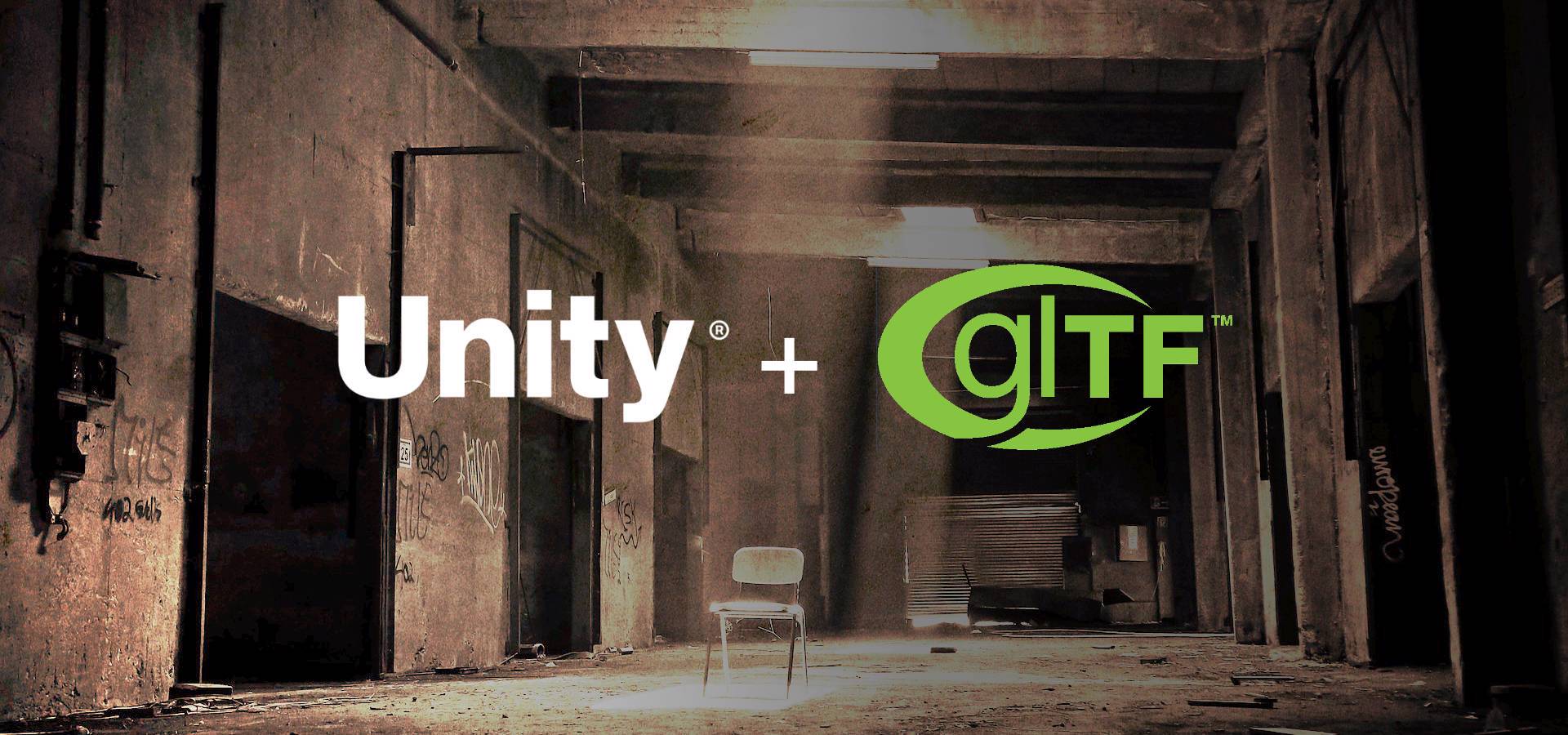Unity 6 is finally here, a release that has been highly anticipated due to the significant changes it promised. One of these changes is the return to the previous version numbering system, which was discontinued after Unity 5 in 2017. Another notable change was the introduction of a controversial runtime fee, which sparked widespread debate. We provided an explanation of this fee in our previous article Unity 6 launched in preview under the pricing section. However, due to significant community backlash, the fee has since been canceled.
As for the engine itself and according to Martin Best (Unity Product Architect), Unity 6 represents the beginning of the next generation of the engine, delivering the most stable and performant release to date. The updated version gives users access to faster rendering, advanced lighting options, seamless multiplayer workflows, enhanced AI capabilities, and improved support for mobile web runtimes.
Let's go over the highlight features of this release:
Rendering
Enhanced rendering performance
Both the Universal Render Pipeline (URP) and the High Definition Render Pipeline (HDRP) have received significant performance improvements. These enhancements can reduce CPU or GPU workloads by up to 50%, depending on the scene content, leading to smoother and faster rendering across platforms.
GPU Resident Drawer
Unity 6 introduces a new rendering system called the GPU Resident Drawer. This system allows users to efficiently render larger, more detailed worlds, reducing the need for complex manual optimizations. It can reduce CPU frame time for GameObject rendering by up to 50%, even in complex scenes, optimizing performance across platforms, including high-end mobile devices, PCs, and consoles.
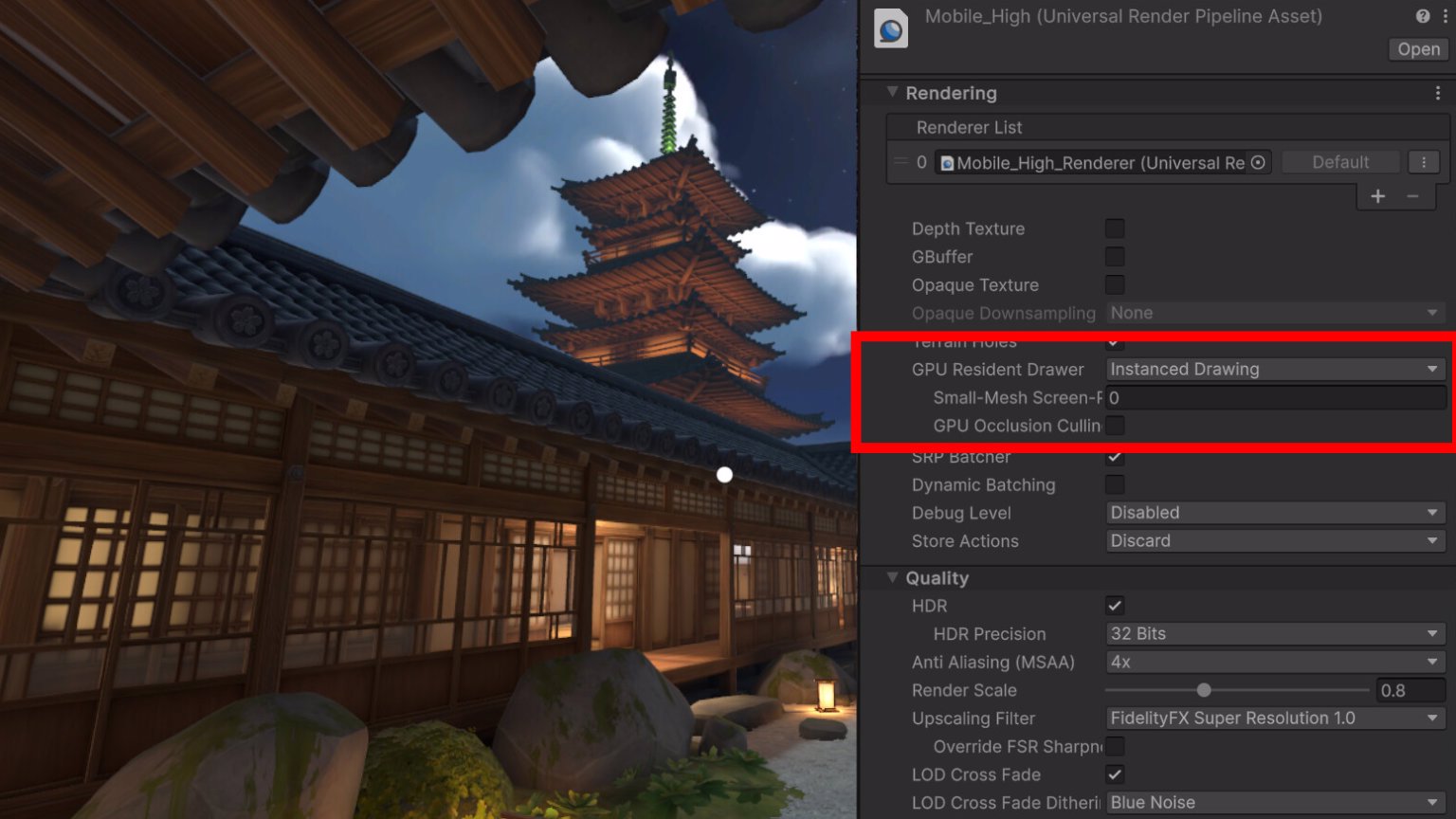
Split Jobs threading mode
CPU performance in this release is further enhanced by the introduction of the Split Jobs threading mode, compatible with DX12, Vulkan, and supported consoles. This mode enables multithreaded processing and submission of native graphics commands, which can significantly accelerate the render loop. Split Jobs is also supported in the Editor's game and scene view rendering when targeting DX12.
GPU Occlusion Culling
Working alongside the GPU Resident Drawer, GPU Occlusion Culling improves GameObject performance by reducing overdraw and vertex processing for each frame. This optimization ensures the renderer doesn't waste resources on objects that are not visible.
Spatial Temporal Post-Processing (STP)
Unity 6 includes a cross-platform temporal upscaler called Spatial Temporal Post-Processing (STP) that takes frames rendered at a lower resolution and upscales them while maintaining visual fidelity. This delivers consistent, high-quality content to platforms with varying performance capabilities and screen resolutions. STP is compatible with both URP and HDRP across desktops, consoles, and, notably, compute-capable mobile devices.
Render Graph
Render Graph for URP is a new rendering framework and API designed to simplify the maintenance and extensibility of the render pipeline while boosting performance and efficiency. It is especially beneficial for mobile developers, improving memory and energy efficiency, with reports of reducing memory bandwidth by up to 50%, which helps lower battery usage and heat generation. PC and console developers will also benefit from its high degree of customization, making it a versatile tool across platforms.
In addition, the Render Graph API allows users to extend the render pipeline with their own custom raster and custom passes. A Render Graph Viewer tool enables users to analyze the engine's render pass creation and frame resource usage directly in the Editor for both URP and HDRP.
Lighting
Adaptive Probe Volumes (APV)
Adaptive Probe Volumes (APV) are a standout feature in Unity 6 that automate probe placement, streamlining the process for faster iteration of light-probe-based indirect diffuse lighting. APVs also improve visuals with impressive lighting effects, enabling seamless transitions through Sky Occlusion and Scenario Blending.
The ability to automatically isolate probes has also been added, allowing probes unaffected by an Adjustment Volume to be hidden while placing and resizing the volume. This makes it easier to see what's being affected, particularly in crowded scenes.
Unity 6 APV time of day scenario.
New light baking architecture
Processing lighting data, such as lightmaps, light probes, and reflection probes, now uses a new light baking architecture for on-demand baking, providing a more predictable and stable light baking experience. When baking with the GPU backend in on-demand mode, users can use the Baking Profile in the Lighting window to select the trade-off between performance and GPU memory usage.
Ray Tracing API
Developers can now harness the Ray Tracing API, which is officially production-ready on supported platforms, including Windows, Xbox Series X/S, and PlayStation 5.
Cross-Platform HDR Support
Unity 6 introduces cross-platform HDR tone-mapping and display for URP and HDRP, enabling more realistic variations in luminance, better contrast, and enhanced color saturation. This leads to improved surface detail and depth perception on HDR displays, with easy configuration across supported platforms.
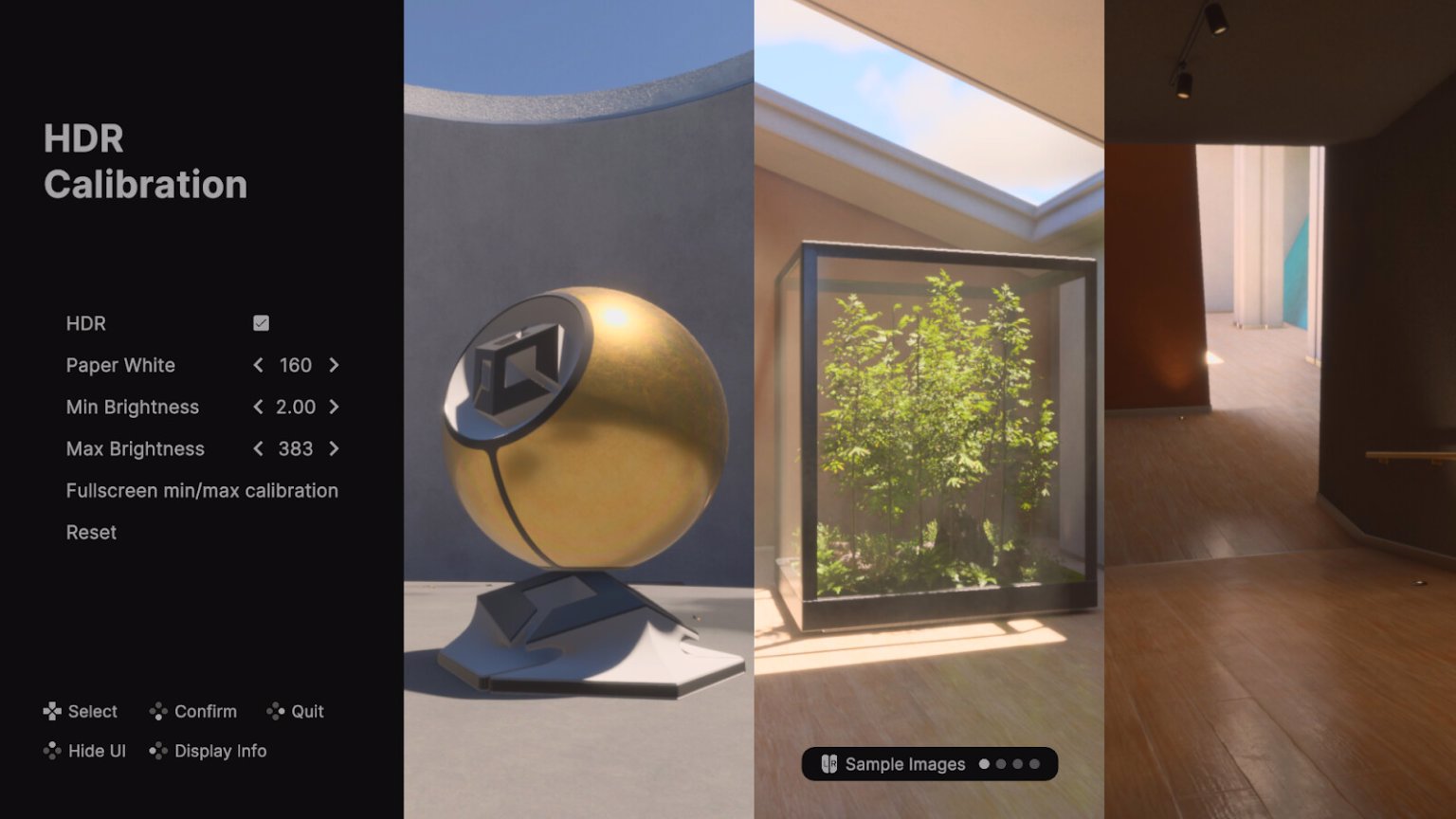
Environmental effects
New SpeedTree importer
Unity 6 provides a streamlined SpeedTree workflow, featuring a new Importer that simplifies the process of importing .st and .st9 files. Additionally, SpeedTree's lightweight wind system, now integrated into Unity, enhances performance by rendering trees faster and improving texture handling on the GPU.
Ozone layer support and atmospheric scattering
In HDRP, sky rendering has been improved for sunset and sunrise to better support a project's time-of-day scenarios. Along with this improvement, ozone layer support and atmospheric scattering have been added to complement fog at long distances.
Sky atmospheric scattering.
Improved HDRP night sky
HDRP Night Sky now supports time-of-day transitions, integrating stars and celestial bodies like the moon for more immersive scenes. Volumetric clouds have also received significant visual quality improvements through better shadow maps, delivering more realistic and visually appealing self-shadowing effects.
Underwater Volumetric Fog support
Water has been improved with support for Underwater Volumetric Fog that samples caustics to create volumetric light shafts. In addition, the HDRP Water System introduces both functional and visual enhancements, allowing for more precise water creation that integrates seamlessly with the environment and gameplay.
The Water Excluder can dynamically remove water from areas such as the inside of a boat or cave, while the Water Deformer creates localized water effects, including waves, vortices, and deformations around a moving ship.
VFX Graph
Profiling tools
Unity 6 offers enhanced tools and improved URP support for VFX artists, enabling them to target multiple platforms more efficiently. The VFX Graph profiling tools provide artists with feedback on memory and performance, helping them identify areas for optimization and fine-tune effects to maximize overall performance.
Volumetric Fog Output
HDRP now features Volumetric Fog Output, allowing users to inject particles to generate clouds, smoke, mist, and fire effects, or to make Volumetric Fog more dynamic and procedural.
6-Way lighting
Support has been added for 6-way lighting in URP. These tools allow users to bake lightmaps and simulate lighting in sprite sheets at runtime, enabling the creation of customizable effects such as smoke, clouds, or steam that work under different lighting conditions.
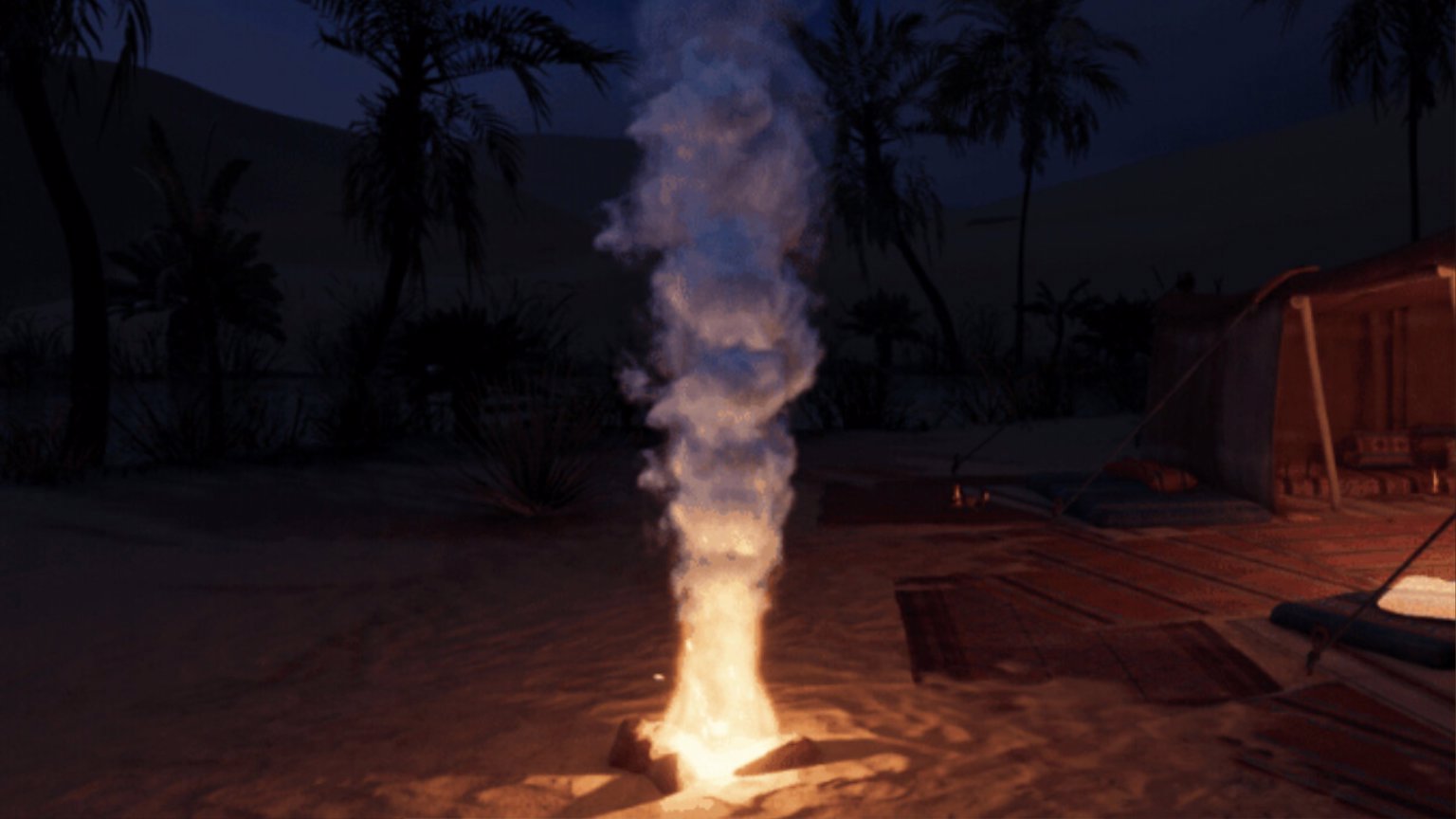
Create customizable visual effects with 6-way lighting in URP.
Motion vectors & object motion blur support
Motion Vectors, in conjunction with URP Object Motion Blur, allow artists to blur objects moving faster than the camera's exposure time. This capability delivers impressive visual effects that are seamlessly integrated with systems like Temporal Anti-Aliasing.
New templates and wizard
The new Templates and Wizard provide access to a template window that offers predefined effects, serving as a starting point for creating unique effects with ease or for managing a user's own VFX library.
In Shader Graph, Canvas can now be selected as a new Material Type in the Graph Inspector for HDRP, URP, and the Built-in Render Pipeline. Additionally, Shader Graph-based decals now interact with transparent objects, enabling the creation of procedural effects like raindrops, ripples, custom engravings, dirt on glass, and more.
The user experience has also been improved with keyboard shortcuts, faster undo/redo functionality, and a new Heatmap Color mode, allowing technical artists to quickly identify the relative performance cost of shader graph nodes.
Shader Graph for UGUI enables the creation of an infinite array of animated effects and allows tuning the behavior and appearance of the UI, while also reducing performance and memory costs.
Multiplayer
Multiplayer Center
The new Multiplayer Center serves as a guidance tool designed to onboard developers into the realm of multiplayer development. It guides developers through prompts and helps them select the packages and services needed for their multiplayer game, all without leaving the Editor.

Multiplayer Widgets
Unity 6 provides Multiplayer Widgets, which are pre-assembled UI templates (small, configurable, and customizable) that allow for the easy addition of multiplayer features, whether it's a lobby, a session connection, or voice chat. Widgets can be obtained as a standalone package or from the Multiplayer Center.
Multiplayer Play Mode
The Multiplayer Play Mode package helps streamline the validation of multiplayer implementations and speed up iteration cycles. It allows developers to test multiplayer functionality across separate processes without ever leaving the Unity Editor. The package can simulate up to four players (the main Editor player plus three virtual players) simultaneously on the same development device, without the need to create new builds.
Play Mode Scenarios
Play Mode Scenarios allow for the configuration of deployment steps, including the building of dedicated servers and uploading directly to multiplayer hosting platforms.
Distributed Authority (Beta)
Distributed Authority in Netcode for GameObjects is a scalable, cost-effective solution that manages client ownership and enables advanced latency strategies for seamless scaling.
Experimental Asteroids sample running in Distributed Authority mode.
Platforms
Build profile & Platform browser windows
Unity 6 includes two new windows that provide a significantly better way to discover platforms and configure builds compared to earlier versions of the editor. The new workflow unlocks possibilities that previously required custom editor scripting to achieve.
Android and iOS browser support
Unity games can now be run anywhere on the web without limiting browser games to desktop platforms. Additionally, games can be embedded into a WebView in a native app or use a progressive web app template to make them behave more like a native app, with its own shortcut and offline functionality.
WebAssembly 2023 support
Support for WebAssembly 2023 has been added, which includes a collection of newer WebAssembly language features and adds support for up to 4GB of heap memory, unlocking access to even more RAM for use on the latest hardware.
WebGPU backend support (experimental)
Unity 6 adds support for a WebGPU backend, marking a significant milestone for web-based graphics acceleration and paving the way for future advancements in graphics rendering fidelity for Unity web games.
Artificial intelligence
Sentis 2.1
Unity 6 ships with Sentis 2.1, an updated version of the neural network inference library for Unity, equipping developers with cutting-edge AI capabilities directly in the Unity runtime. Sentis is a runtime AI with use cases that differ from LLMs or asset generation. Instead, Sentis focuses on unlocking specific player features like smart, interactive NPCs, object detection, and real-time speech synthesis. Sentis enables fast and local AI model inferences that can occur inside the game loop at high frame rates.
Profiling
Profiler Highlights module
A new Profiler Highlights module instantly shows areas of optimization focus (CPU or GPU). The improved Memory Profiler provides accurate resident memory usage, along with a detailed breakdown of graphics memory for quicker, high-impact optimizations.
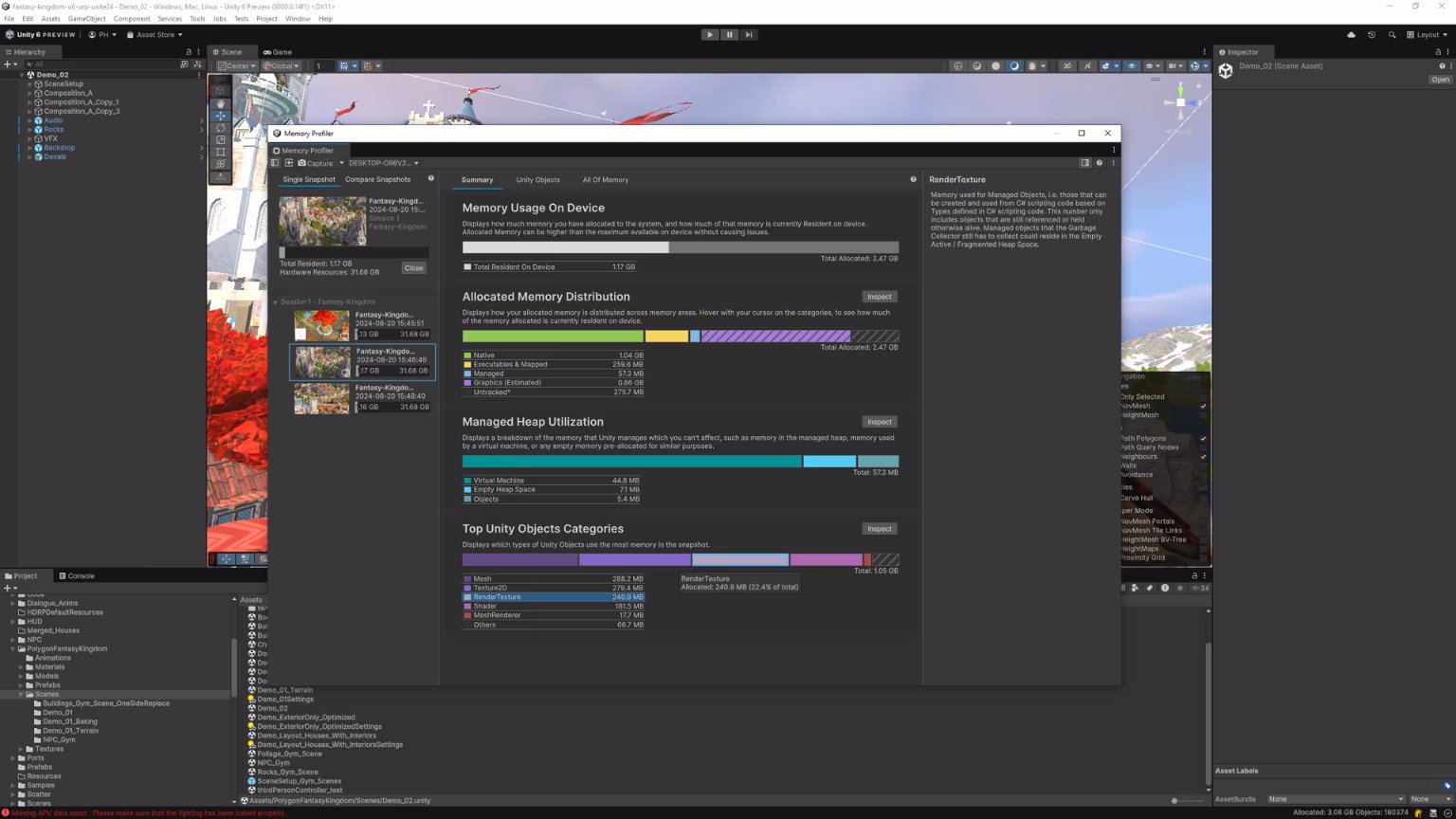
The Unity 6 Memory Profiler now breaks down graphics memory by resource.
User Interface
UI Toolkit improvements
In Unity 6, significant improvements have been made to the UI Toolkit, speeding up the creation of custom UI controls. Developers can now customize how these controls are configured within the UI Builder, making them easier to use. Additionally, a new, fully extensible data binding system further streamlines interface design.
Pricing
With the cancellation of the runtime fee, Unity has simplified its pricing model. The three main pricing plans are: Personal, Pro, and Enterprise.
- Unity Personal is free for individuals and small organizations with less than $200K USD in revenue or funding raised in the last 12 months.
- Unity Pro is required once the limitations of the Personal plan are exceeded. It's available through a monthly or annual subscription and can be used until the organization reaches $25 million USD in annual revenue or funding.
- Unity Enterprise is needed for organizations with over $25 million USD in annual revenue or funding, surpassing the Pro plan's threshold.
Additional plans are available for education and industries outside of game development. For more details on Unity 6 features and pricing, visit the official Unity website.


